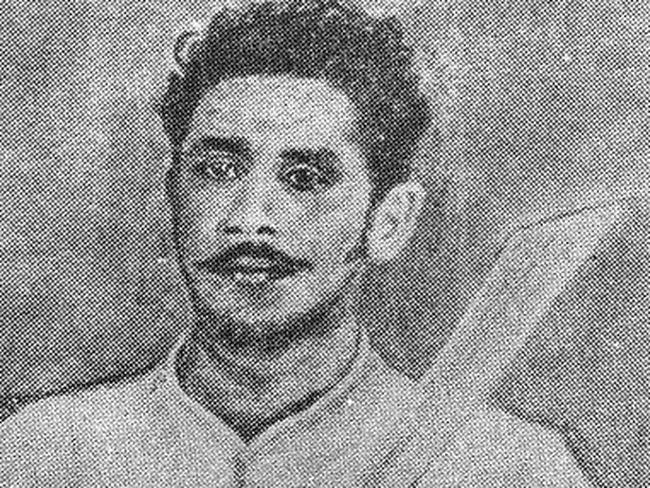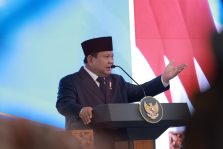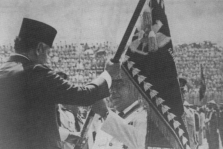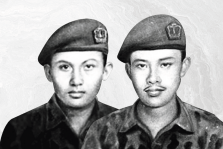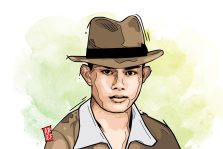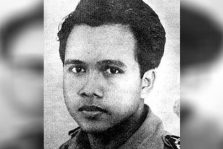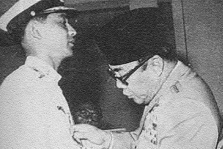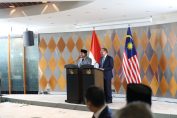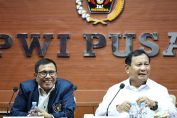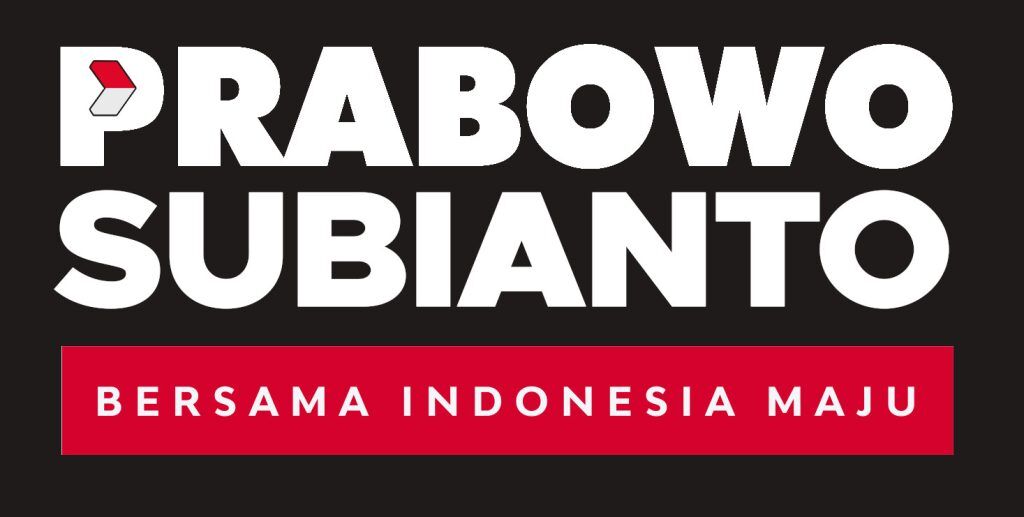By: Prabowo Subianto [taken from the Book: Military Leadership Notes from Experience Chapter I]
In the history of our nation, we have often had leaders who never compromise with the invaders.
Leaders who loudly told the occupiers, ‘It is better to be destroyed than to be colonised’. It takes courage, conviction, and the spirit of a warrior to sacrifice one’s body and soul to confront these powerful aggressors.
Although Governor Suryo and Bung Torno may have coined the phrase ‘better to be destroyed than to be colonised’ to the Dutch in 1945, Pattimura made more or less the same statement 100 years before them.
Indonesian history records leaders who in their lives never compromise with the invaders. Leaders who loudly told the occupiers, ‘It is better to be destroyed than colonised.’ It takes courage, conviction, and the spirit of a warrior who would sacrifice his soul and body to confront such aggressors.
Before Governor Suryo and Bung Tomo proclaimed ‘We’d rather be destroyed than colonised’ to the Dutch in 1945, Pattimura, at the age of 31, had done the same more than 100 years back.
Pattimura was born in 1783 in Saparua, Maluku. Pattimura, whose real name was Thomas Matulessy, was an aristocrat. He was a descendant of King Sahulau. The Kingdom was located in South Seram Bay.
Before leading the people’s movement, Pattimura served as a sergeant in the British military. Back then, England ruled over the spice islands, including the Moluccas and the Banda islands. In 1816, England was defeated by the Dutch. The Dutch entered the Moluccas to control the spice trade.
The return of the Dutch colonialists in 1817 was met with fierce resistance by the people. The Moluccans took up arms under the leadership of Kapitan Pattimura.
As a military leader, Kapitan Pattimura organised war strategies with his aides. In the struggle against the Dutch, he also formed a union with the kingdoms of Ternate and Tidore and the kings of Bali, Sulawesi, and Java.
On May 16, 1817, a fierce and historic battle broke out. The people of Saparua, under Pattimura’s leadership, managed to seize Fort Duurstede. The Dutch soldiers in the fortress were all killed, including Resident Van den Berg.
Kapitan Pattimura’s forces also defeated the additional Dutch troops that the Dutch sent later to retake the fort. As a result, for three months, the fort was successfully controlled by Kapitan Pattimura’s forces.
However, the Dutch did not want to give up the fort. The Dutch then carried out a massive operation by deploying troops equipped with more modern weaponry. Pattimura’s troops were eventually overwhelmed and pushed back.
At a house in Siri Sori, Kapitan Pattimura was captured by Dutch forces. Along with several of his men, Dutch forces took him to Ambon. The Dutch tried to convince him to cooperate with the Dutch government, but he, as always, flatly rejected the offer. Eventually, Pattimura was arrested and executed by hanging at the age of 31.

